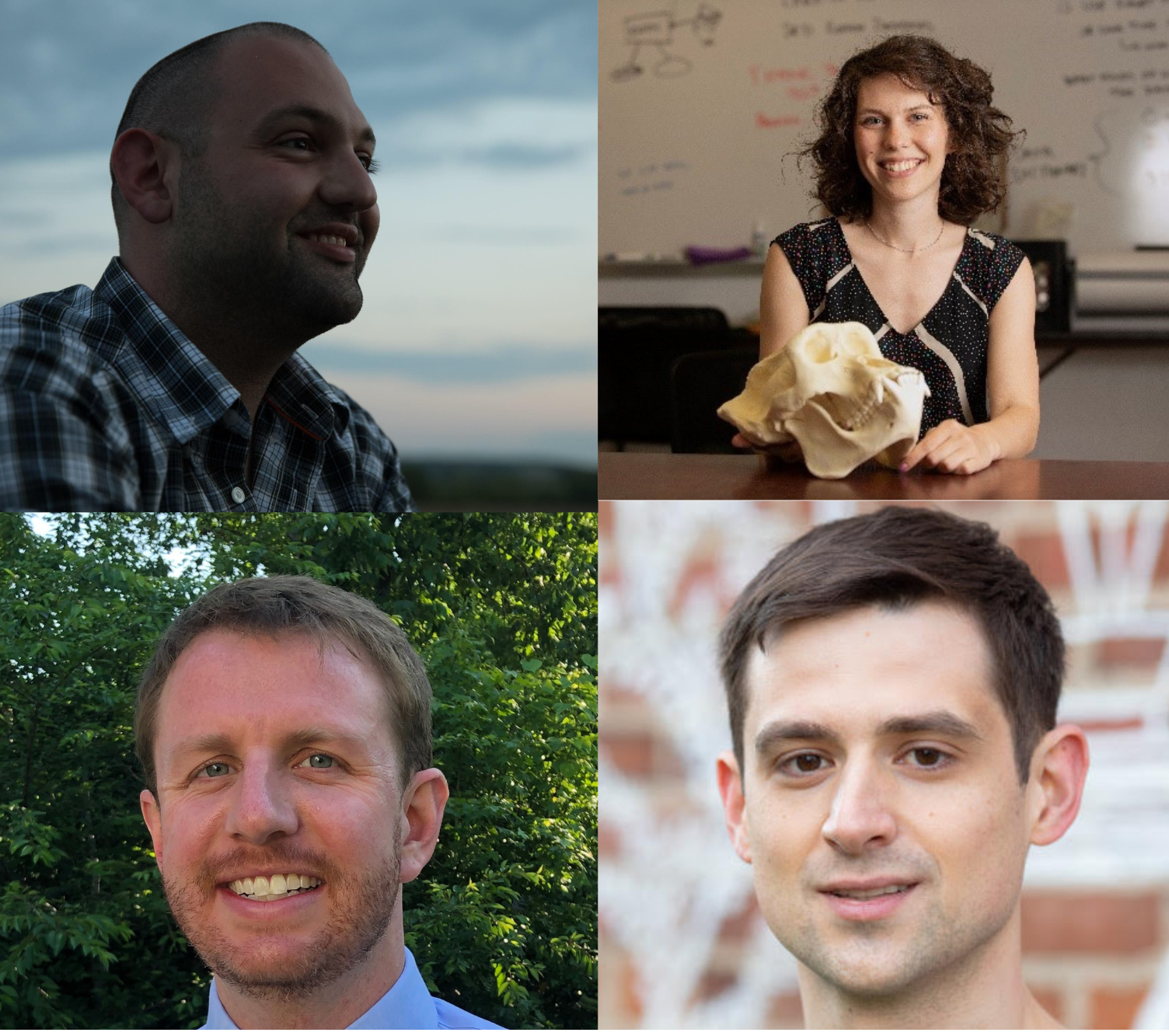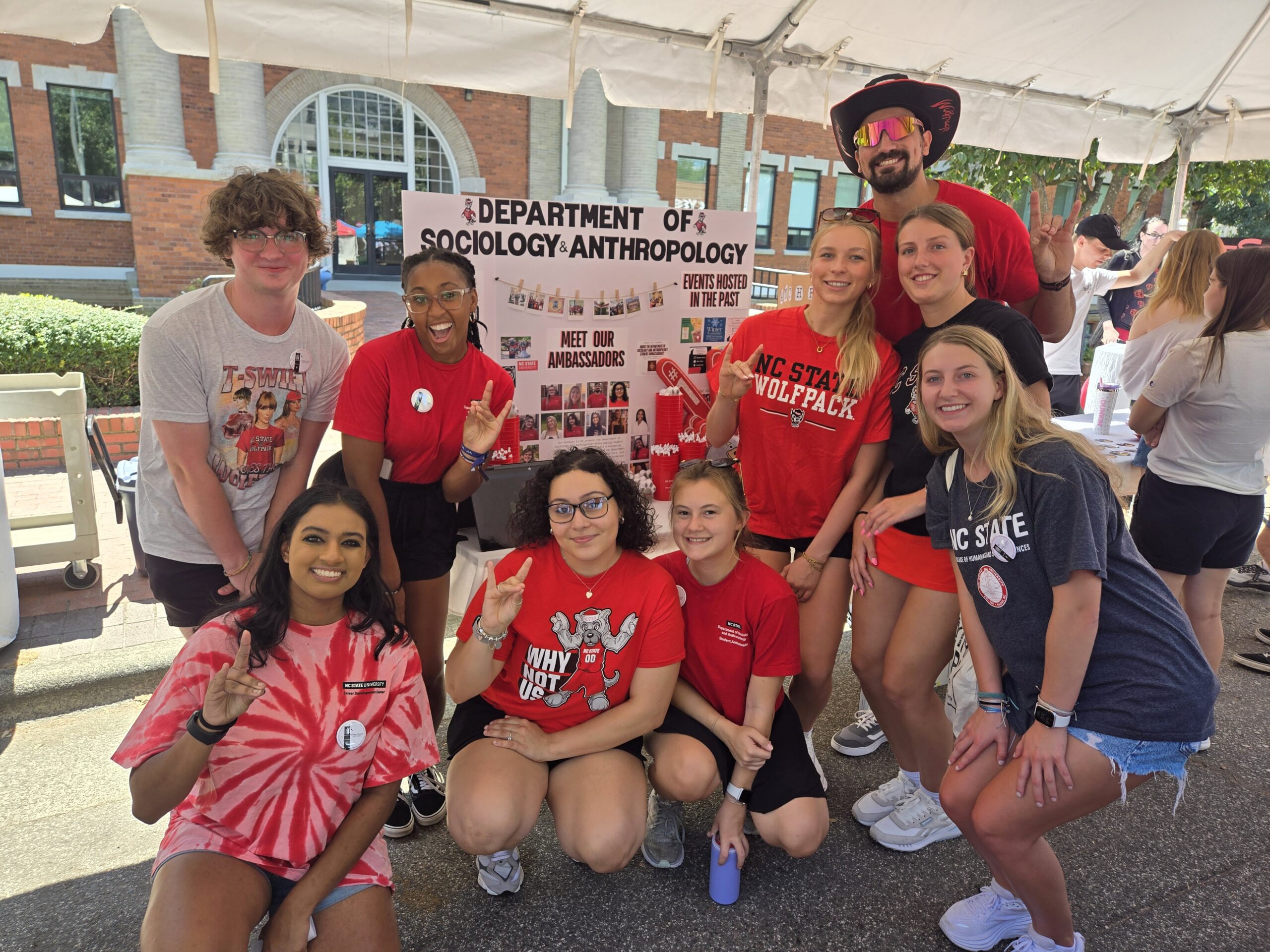Researchers Aim to Understand What Drives School Diversity or Resegregation


Why are some school districts able to maintain economic diversity in their schools, while others have become effectively resegregated in recent decades? That’s a question being explored by a team of researchers led by NC State University under a two-year, $482,000 collaborative grant from the National Science Foundation.
“This work will build on research I did with my NC State colleague, Professor of Political Science Andy Taylor, to understand attitudes and policies related to race, economic status and school assignment in Wake County, N.C.,” says Toby Parcel, a professor of sociology at NC State and lead investigator of the NSF-funded project.
“That work, which ultimately led us to write ‘The End of Consensus: Diversity, Neighborhoods, and the Politics of Public School Assignments,’ found that this issue is complex,” Parcel says. “For example, we found that most people want ‘neighborhood schools,’ but many people also want to ensure diversity in schools.”
The grant-funded research will focus on five metropolitan areas: Wake County and Charlotte (Mecklenburg County) in N.C.; Rock Hill in S.C.; Louisville (Jefferson County) in Kentucky; and Nashville (Davidson County) in Tennessee.
“We chose those areas because Rock Hill and Louisville, like Wake County, have been able to sustain desegregation over time, while Charlotte and Nashville have become significantly more resegregated in recent decades,” Parcel says.
The researchers will conduct representative surveys of adults, 21 and older, in each of the five areas to see if there are attitudes that are common between the areas that have sustained desegregation that are distinct from the counties which have seen significant resegregation.
“If we can chart what these differences are, and why, policy makers can make informed decisions on issues that affect diversity in schools,” Parcel says.
The co-PIs on the project are Roslyn Mickelson at UNC-Charlotte and Stephen Smith at Winthrop University. The work is funded by the NSF under grant numbers 1528559, 1527762 and 1527285.
By Matt Shipman
Note: This story was originally published by NC State News.
- Categories:


